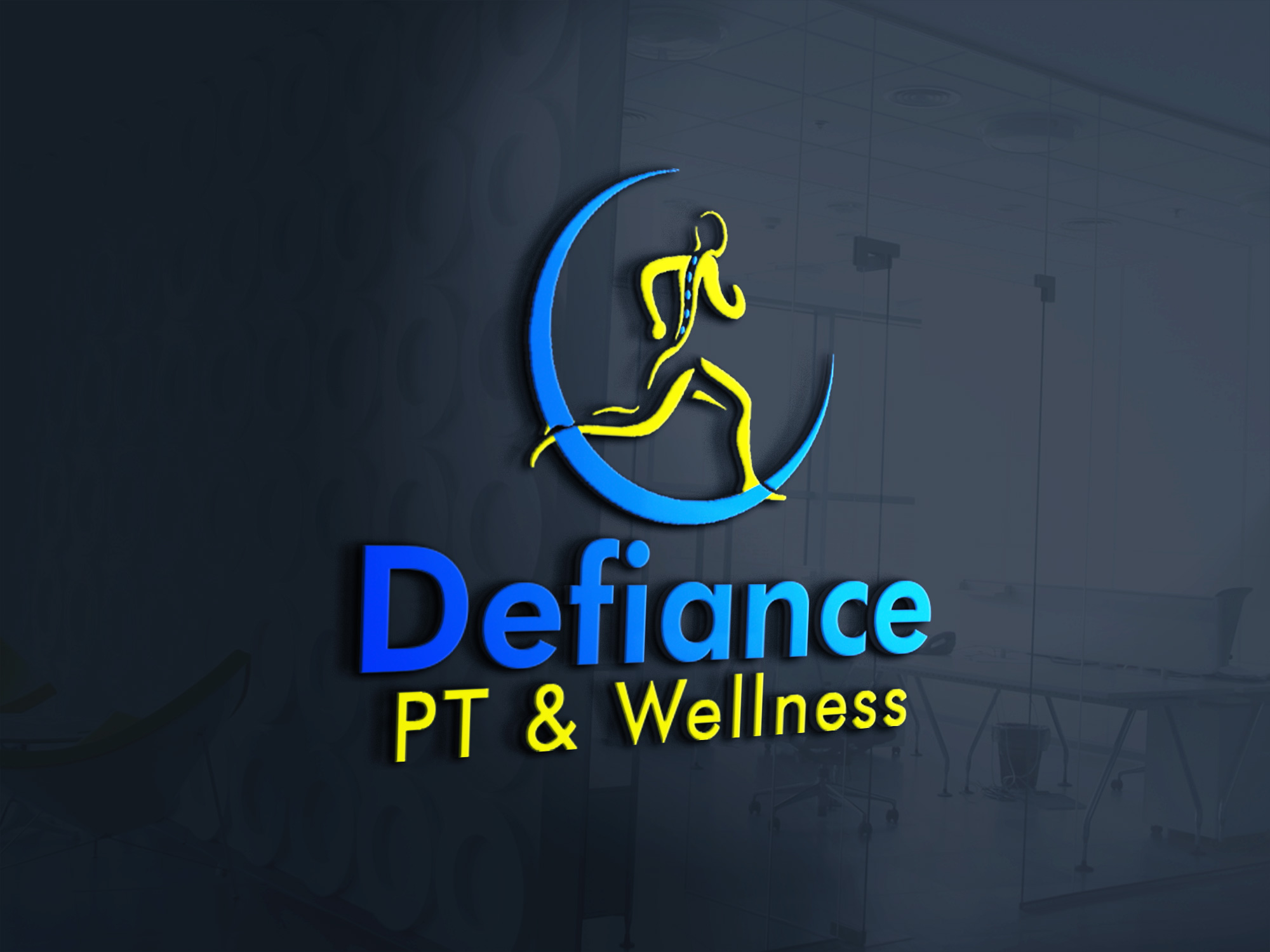Advanced Movement & Pain Insights — Part 2: Neuromuscular Re-Education: What It Is and Why It Improves Strength Faster Than Lifting Alone
- Defiance PT & Wellness

- 2 days ago
- 3 min read
Updated: 5 hours ago

When most people think about getting stronger, they think about lifting heavier weights, increasing reps, or building more muscle.But physical therapists know something different:
Your brain and nervous system play a bigger role in strength than your muscles do.
That’s where neuromuscular re-education comes in — one of the most powerful, misunderstood tools in physical therapy.
While traditional strengthening focuses on how much force your muscles can produce, neuromuscular re-education focuses on how well your brain, nerves, and muscles coordinate that force.
It’s the difference between having strength and using strength effectively.
What Exactly Is Neuromuscular Re-Education?
Neuromuscular re-education is the process of retraining your brain and body to move efficiently, safely, and with proper control.
It includes techniques that help:
Improve muscle activation
Correct faulty movement patterns
Restore joint stability
Reconnect weak or “shut down” muscles
Improve balance and proprioception
Enhance coordinated movement
In simple terms:It teaches the right muscles to fire at the right time in the right way.
Because until your body learns the pattern, adding load usually only strengthens the compensation.
Why You Lose Neuromuscular Control
This can happen for several reasons:
1. Pain
When something hurts, the body automatically changes how you move to protect the area — shutting down some muscles and overusing others.
2. Injury
After an ankle sprain, surgery, strain, or even a minor tweak, your brain creates alternative movement pathways that often stick long-term.
3. Sedentary habits
Sitting, slouching, and repetitive movement patterns change muscle timing and activation over time.
4. Stress and breathing mechanics
Breathing from your chest instead of your diaphragm shifts ribcage positioning, core control, and shoulder mechanics.
5. Fatigue
During long hikes, sports, or workouts, your body defaults to “easier” movement patterns — even if they’re not ideal.
Neuromuscular Re-Education vs. Strength Training
Here’s the key difference:
Strength training builds muscles.
Neuromuscular re-education teaches those muscles how to work together.
Think of it like upgrading a computer system:
Strength training = better hardwareNeuromuscular re-education = better software
Which matters more?Both — but the software controls how well the hardware performs.
Why Neuromuscular Re-Education Improves Strength Faster
When the nervous system becomes more efficient, muscles instantly work better — even without adding resistance.
This is why patients often say things like:
“I feel stronger already.”
“My form suddenly feels easier.”
“My knee doesn’t collapse anymore.”
“My balance improved overnight.”
This isn’t magic.It’s motor learning, and it works fast.
Here’s how it accelerates strength gains:
1. Better Muscle Recruitment
Weak stabilizers start doing their job again (glutes, deep core, rotator cuff, etc.).
2. Improved Timing
Muscles fire in the correct sequence, reducing wasted energy.
3. Increased Joint Stability
Stronger movement patterns decrease pain, which improves performance.
4. More Efficient Movement
You stop leaking force through poor mechanics.
5. Reduced Compensation
The body stops relying on overworked areas and distributes load evenly.
When your body moves well, strength training becomes dramatically more effective.
Real-Life Examples You’ve Probably Experienced
These are all neuromuscular issues, not strength issues:
Your knee collapses inward during lunges
Your pelvis shifts during a squat
Your shoulder pops up when pressing overhead
Your balance is shaky even though your legs are strong
Your glutes “won’t fire” during a workout
Your core can’t stay engaged during movement
Fix the neuromuscular pattern, and these problems often disappear far faster than through strength training alone.
How PT Uses Neuromuscular Re-Education in the Clinic
Your therapist may use:
Targeted activation drills
Balance and proprioception training
Joint position retraining
Motor control drills
Tactile cueing
Visual feedback
Breathwork and core sequencing
Movement slow-downs
Band-assisted skill training
These exercises are not random — they are carefully chosen to retrain specific pathways in the brain and improve how your body organizes movement.
Why This Matters for Long-Term Results
Consistent neuromuscular re-education leads to:
More efficient movement
Better strength outcomes
Less pain
Improved coordination
Reduced injury risk
Better athletic performance
Stronger joints with less wear and tear
When you combine neuromuscular control with traditional strength training, your results multiply — and last much longer.
You don’t just need stronger muscles.You need better communication between your brain and your body.
Neuromuscular re-education bridges that gap — and that’s why it’s one of the most powerful, overlooked tools in physical therapy.



Comments